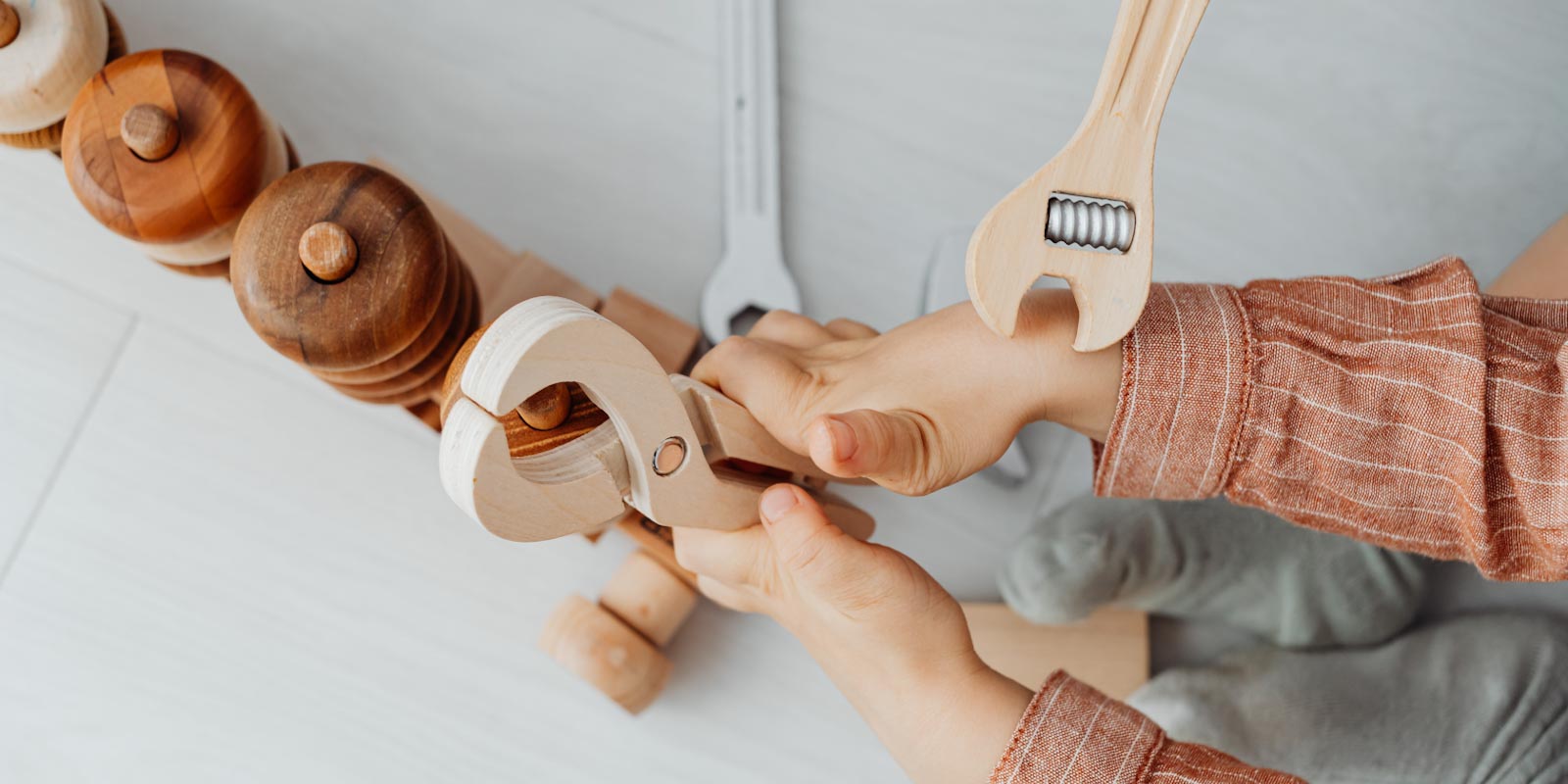Early childhood educators can teach children that repairing is like giving broken things a second chance. When we fix things instead of throwing them away we make less rubbish and care for the environment. We reduce waste because we're not buying new things all the time.
Children can also learn about reducing, recycling, reusing and sustainability.
NQS and EYLF
The National Quality Standard requires early learning services to care for the environment and support children to become environmentally responsible (3.2.3).
The Early Years Learning Framework encourages children to become socially responsible and show respect for the environment (2.4).
Repairing items involves connecting with processed materials (4.4).
Learning experiences
Set up a repair shop
Designate a table for "repairing" broken items. Provide children with age-appropriate tools, string, glue, duct tape, and other useful resources. Provide old toys and gadgets for children to repair in any way they wish.
Toddlers who are not ready for real tools could use pretend tools to "fix" old toys and cardboard boxes.
Make your own puzzle pieces
All early childhood centres have puzzles with missing pieces! Instead of throwing them away, challenge children to create replacement pieces using paper and markers.
Repair torn books
Unfortunately, books are easily torn. However, children can help educators repair them by sticky-taping the pages together. Keep a broken book basket or repair books as soon as accidents happen.

